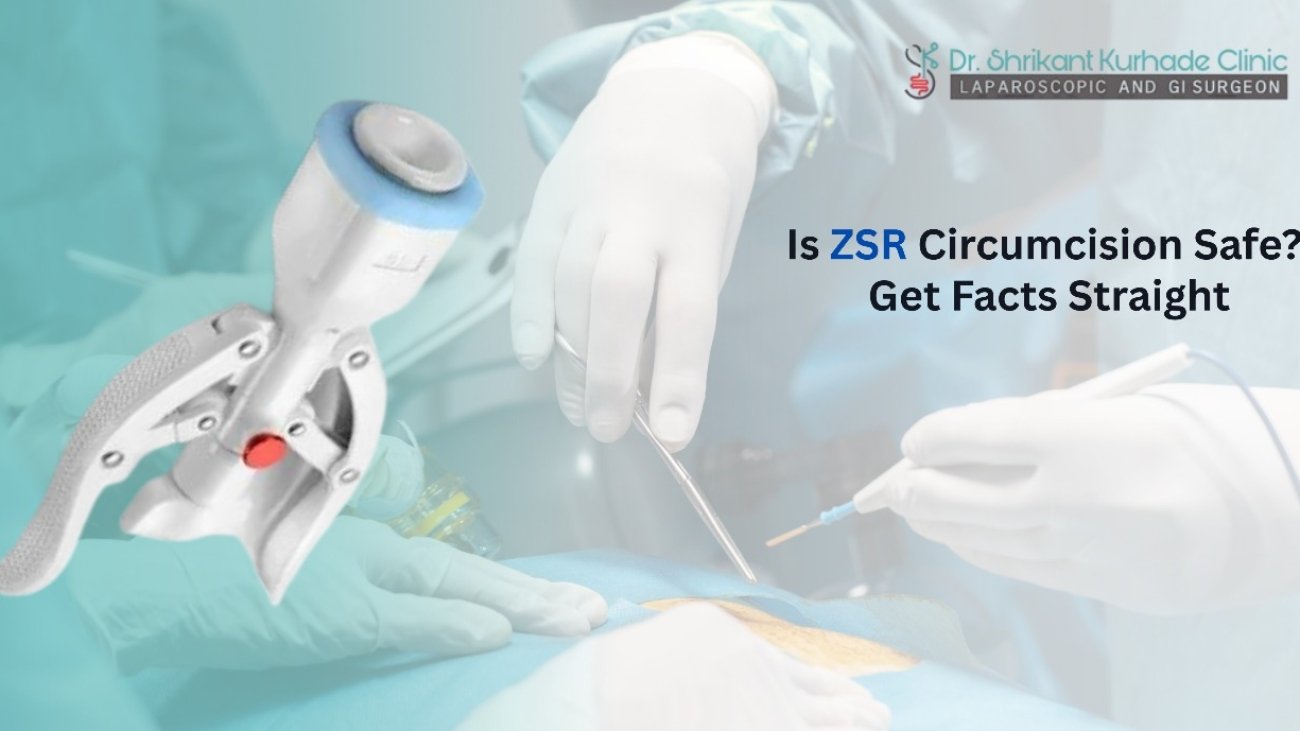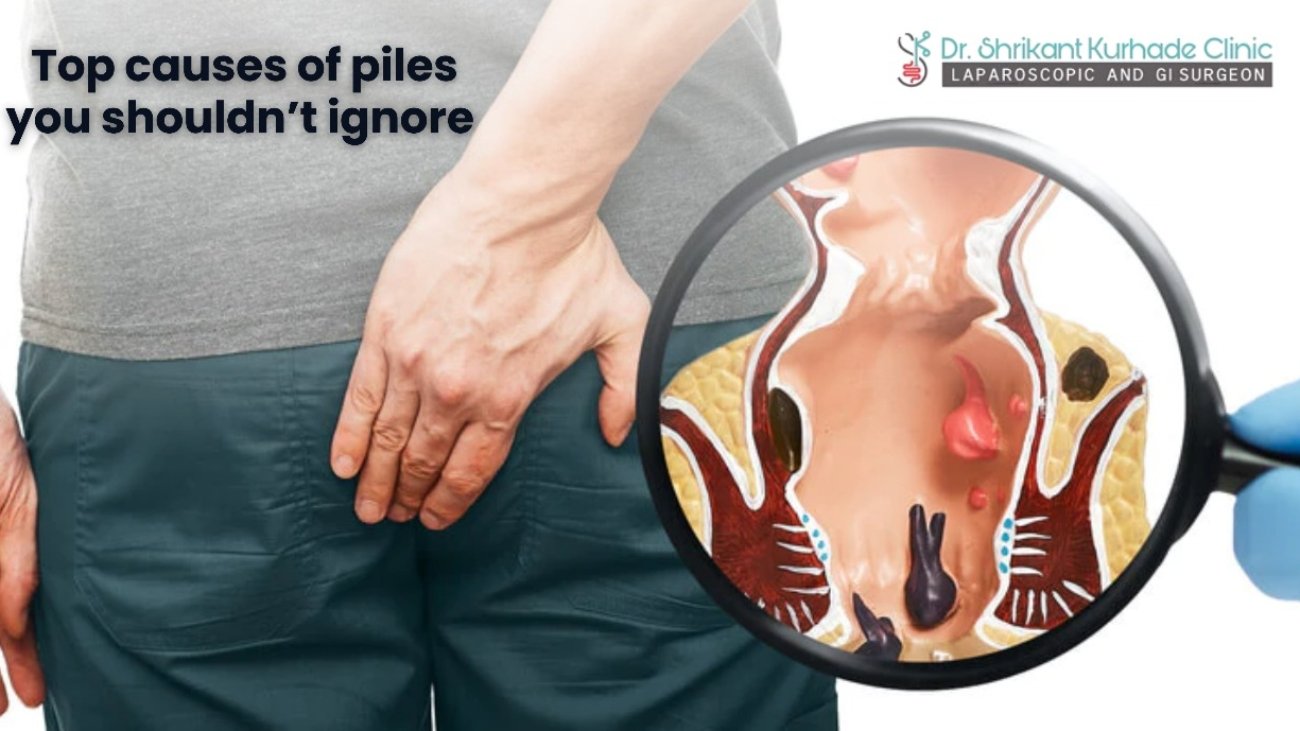Understanding the Different Types of Piles
Piles, otherwise known as hemorrhoids, are swollen and irritated veins located in the rectum and anus. They result in pain, discomfort, and bleeding. They are a common health problem that can affect people of all ages, but are more commonly seen in adults. It is important to understand the different types of piles as that will help with the management and treatment of piles. Let’s learn about what piles are, the types of piles, their causes, symptoms, and treatments so you can be aware and be able to manage your piles, should you experience them.
What Are Piles?
Piles are basically swollen blood vessels in the lower rectal or anal area. They are formed from increased pressure in these veins, usually caused by straining while having a bowel movement, chronic constipation, pregnancy, obesity or a lack of exercise. Piles are usually not dangerous, but discomfort may cause a significant reduction in your quality of life.
what are the different types of piles
Piles are classified into several types according to their Condition and severity of piles which are typically categorized as internal, external, or mixed piles. Although they are not usually life threatening, piles can be very uncomfortable and affect quality of life.
1. Internal Piles
Piles that develop within the rectum are internally developing piles; often they are not seen or felt. Generally they do not cause pain; however, they will bleed when visiting the toilet. Internal piles are also classified into four grades based on severity:
Grade 1: Small internal piles that cannot be seen outside the anus but are inflamed inside the rectum lining.
Grade 2: Larger than Grade 1, these piles may protrude on passing stools but regress when finished.
Grade 3: These piles prolapse outside the anus; however, will require physically pushing them back below inside.
Grade 4: Large piles that hang outside the anus permanently and cannot be pushed back or above.
2. External Piles
External piles form under the skin external to the anus. They typically cause more discomfort than internal piles and yield considerable pain. Symptoms include itching, swelling and bleeding. External piles may also develop a blood clot (thrombosed pile), which causes significant pain and swelling.
3. Mixed Piles
Mixed piles have both internal and external piles simultaneously. Mixed piles may be less simple to treat as they embody both forms of symptoms. Mixed piles can cause severe pain, bleeding, and uncomfortable difficulties with stool passage.
Causes of Piles
A variety of factors contribute to the development of piles, including:
• Chronic constipation or diarrhea: Straining during bowel movements increases strain on rectal veins.
• Pregnancy: The expanding uterus will place pressure on the pelvic veins.
• Obesity: Excess weight may relatively increase pressure on the rectal veins.
• Sedentary lifestyle: A sedentary lifestyle leads to slower bowel movements and may contribute to piles.
• Low-fibre diet: Eating a low-fibre diet leads to hard stools, and straining to produce a bowel motion.
• Older age: The tissue that supports veins in the rectum and anus may weaken with age.
Symptoms of Piles
The symptoms associated with piles may include soft stools, diarrhea, and blood or mucus discharge. Some common symptoms include:
• bright red blood, with or without stool;
• itching and irritation;
• anal pain or discomfort, especially sitting;
• anal swelling, tenderness or lump near anus;
• mucus with bowel movement discharge; and
• sensation of incomplete evacuation.
Treatment Options
The best treatment for piles depends on the type and severity of piles.
Home Remedies and Lifestyle Changes
• Increase fiber intake: Eat more fruits and vegetables, and whole grains to soften stools.
• Stay hydrated: Drink plenty of water to avoid constipation.
• Avoid straining: Go to the toilet when urge hits you and sit for less time on the toilet.
• Exercise: This can help with bowel function and helps with digestion.
• Warm sitz baths: Soaking in warm water can help relieve itching and pain.
Medications
• Topical creams or ointments: These can help manage the discomfort and irritation.
• Pain killers: Over-the-counter medications such as paracetamol and ibuprofen are effective pain relievers.
• Stool softeners: Softening the stool can help to make bowel movements easier and less painful.
Minimally Invasive Procedures
If you have grade II or III internal piles, the next step is to consider minimally invasive procedures.
• Rubber band ligation: Involves placing a rubber band around the base of the pile. This restricts blood flow, and over the next few days, the pile will shrink, and eventually fall off.
• Sclerotherapy: A chemical solution will be injected in order for the pile to shrink.
• Infrared coagulation: Using a laser or infrared light, heat will be applied to the pile in order to shrink it down.
Surgery
If you have grade IV piles or if other treatments have been unsuccessful, surgical options such as hemorrhoidectomy (surgical removal of piles) or stapled hemorrhoidopexy will be considered as the best treatment for piles surgery
Conclusion
Knowing the different types of piles is important for early identification and management. Whether your piles are internal or external, identifying your symptoms and when to get help can make all the difference. Dr. Shrikant Kurhade and the team at KK Care Clinic provide assessment and individualized care management plans tailored to help you manage your piles.
Don’t let piles impact your daily living – reach out to our healthcare professionals today and take the first steps into your relief!










